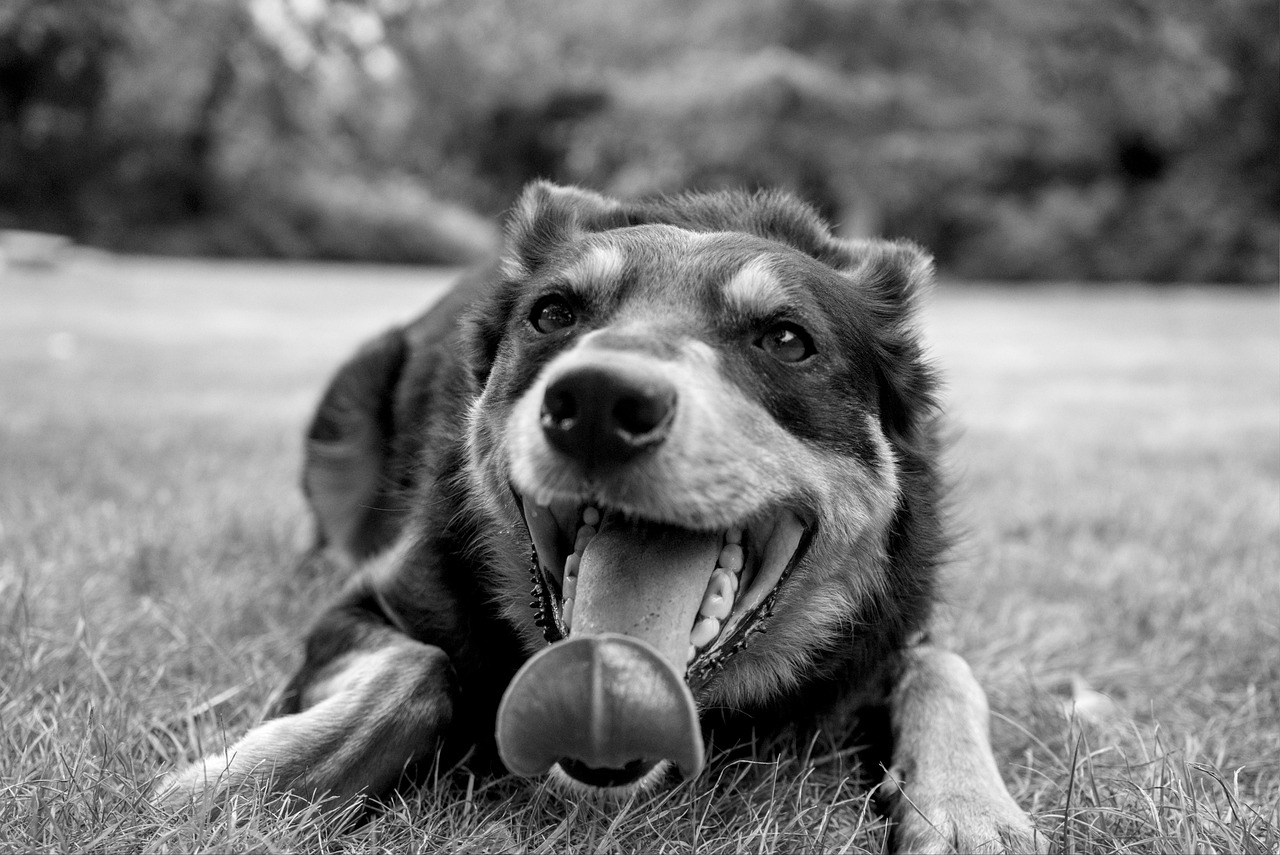5 Easy Steps for Kids to Master Dog Training Skills
Introduction
Dog training for kids is a rewarding process that fosters a stronger bond between a child and their furry friend. It teaches kids responsibility, patience, and respect for living beings. In a nutshell, dog training for kids is not just about getting a well-behaved canine companion; it’s an enriching experience for the child. Let’s explore why it’s important and how kids can effectively train dogs.

Core Concepts
Before we delve into the specifics, it’s important to understand the dog training principles. Positive reinforcement is key. This method of training means rewarding the dog for the behavior you want to encourage. Positive reinforcement can be in the form of treats, praise, or play. This method makes learning fun for the dog and reduces the likelihood of negative behavior.
Furthermore, consistency is pivotal. Dogs thrive on repetition. Therefore, using the same commands and actions ensures a well-trained dog. According to experts, when a command is followed by a desired behavior, it should be acknowledged within 1-2 seconds. This helps the dog link their action with the reward, consequently promoting repetition of good behavior.
Training Methods for Kids
Training a dog involves a variety of commands. Here are some of the basic commands to teach your dog:
Sit
Start by holding a treat close to your dog’s nose and moving your hand upwards. This should naturally make the dog lift its head back, subsequently prompting him to sit. Once the pooch sits, reward him with the treat.
Heel
Matter of keeping the dog close to you. Kids can practice this on a leash. The command ‘heel’ is given, and when the dog responds correctly by walking nicely next to the child, a reward is given.
Stay
Inculcate patience in your dog by teaching him the ‘Stay’ command. Start this training only after your dog has mastered the ‘Sit’ command. After your dog sits, give the ‘Stay’ command with your palm in front of his face as a visual cue, then move back. If the dog stays put, reward him with praise or a treat.
Teaching Respect and Safety
It’s important for the child to understand how to respect the dog during this process. Teaching a child not to disturb a dog when it’s eating or sleeping, as well as not to pull the dog’s ears or tail, instills respect for other beings’ spaces.
Additionally, teaching safe behavior is equally important. Children should understand not to approach unfamiliar dogs without first asking permission from the dog’s handlers. This not only safeguards the child but also prevents potential stress for the dog.

Frequently Asked Questions
1. What age should a child be involved in dog training?
Children as young as three years can be involved in basic dog training commands like sit or stand, under adult supervision.
2. Can positive reinforcement be used for training kids too?
Absolutely. The same principles can be applied to kids while teaching responsibility, empathy, or any other life skills.
3. Is it okay for children to train dogs without adult supervision?
For safety reasons, it’s advised that children below the age of 12 years train dogs under an adult’s supervision.
4. Can all dog breeds be trained by kids?
Some breeds are more kid-friendly and easier to train, but with patience and positive reinforcement, kids can train most dogs.
5. How frequently should training sessions be conducted?
Short daily sessions are more effective than long, infrequent ones. But ensure training sessions don’t tire out both the child and the dog.
Conclusion
Dog training for kids isn’t just about teaching your canine buddy to sit or stay. It’s instrumental in fostering a deeper bond between the child and the dog, while also imparting crucial life skills like empathy, responsibility, and respect for others. Rest assured, this will be an educational and rewarding experience for your child. Remember to always promote positive reinforcement and ensure your child’s safety during these sessions.



